The following figure shows a foetus within the uterus. On the basis of the given figure, answer the questions that follow:

(a) In the above figure, choose and name the correct part (A, B, C or D) that act as a temporary endocrine gland and substantiate your answer. Why is it also called the functional junction?
(b) Mention the role of B in the development of the embryo.
(c) Name the fluid surrounding the developing embryo. How is it misused for sex-determination?
(a) Part labeled A -Placenta. It acts as an endocrine tissue as it produces several hormones like human chorionic gonadotropin (hCG), human placental lactogen (hPL), estrogens, progestogens, etc. It is also called the functional junction because it facilitates the supply of oxygen and nutrients to the embryo and removes carbon dioxide and excretory/waste materials produced by the embryo.
(b)The placenta is connected to the embryo through an umbilical cord which helps in the transport of substances to and from the embryo.
(c) Amniotic fluid, a foetal sex determination test is based on the chromosomal pattern of the cells in the amniotic fluid surrounding the developing embryo.
Topper's Solved these Questions
Similar Questions
Study the figure given below and answer the questions that follows- (a) Name the stage of human embryo the figure represents.(b) Identify A and B in the figure and mention its function.(c) Where is stem cell located in this embryo?
View Solution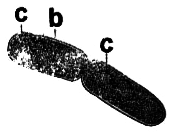
By observing the figure answer the following questions:
(A) Identify the figure
(B) Identify the parts labelled a, b and c
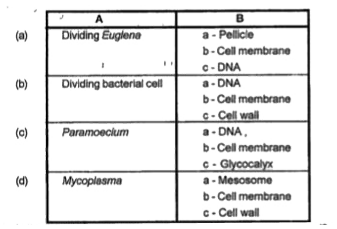 View Solution
View Solution
Knowledge Check
- Question 1 - Select One
The following figure shows the stomatal appartatus. Identify the parts labelled aas a, b, c, d. Choose the correct answer from the following :
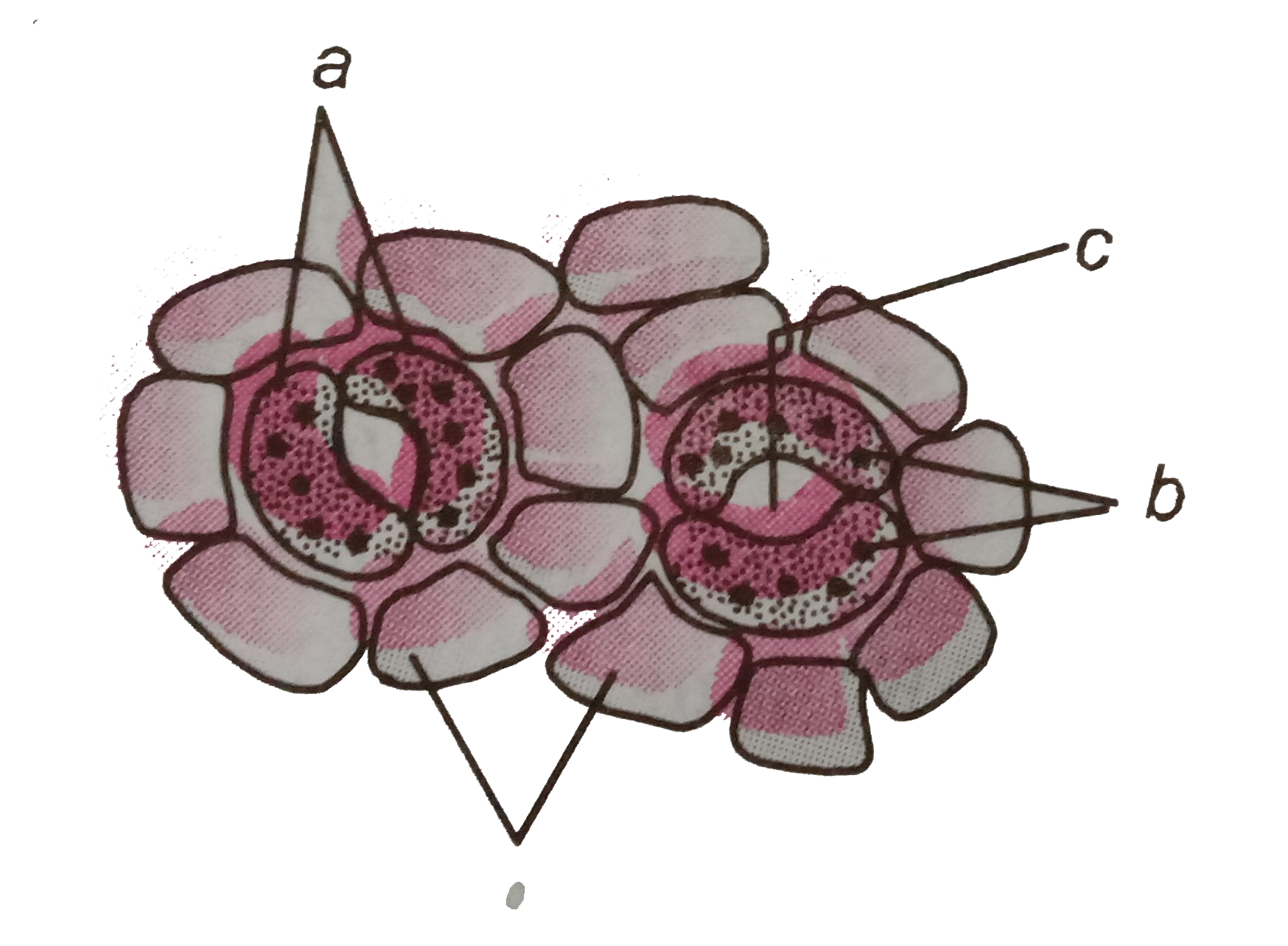 Aa - subsidiary cells, b - chloro - plaste, c - stoma, d - guard cellBa - guard cells , b - Stoma, c - Chloroplasts , d - subsidiary cellsCa - guard cells, b - c - stomachloro - Chloroplasts , c - stoma, d - subsidiary cellDa - subsidiary cells, b - Stoma , c - Chloroplasts d - guard cell
Aa - subsidiary cells, b - chloro - plaste, c - stoma, d - guard cellBa - guard cells , b - Stoma, c - Chloroplasts , d - subsidiary cellsCa - guard cells, b - c - stomachloro - Chloroplasts , c - stoma, d - subsidiary cellDa - subsidiary cells, b - Stoma , c - Chloroplasts d - guard cell - Question 2 - Select One
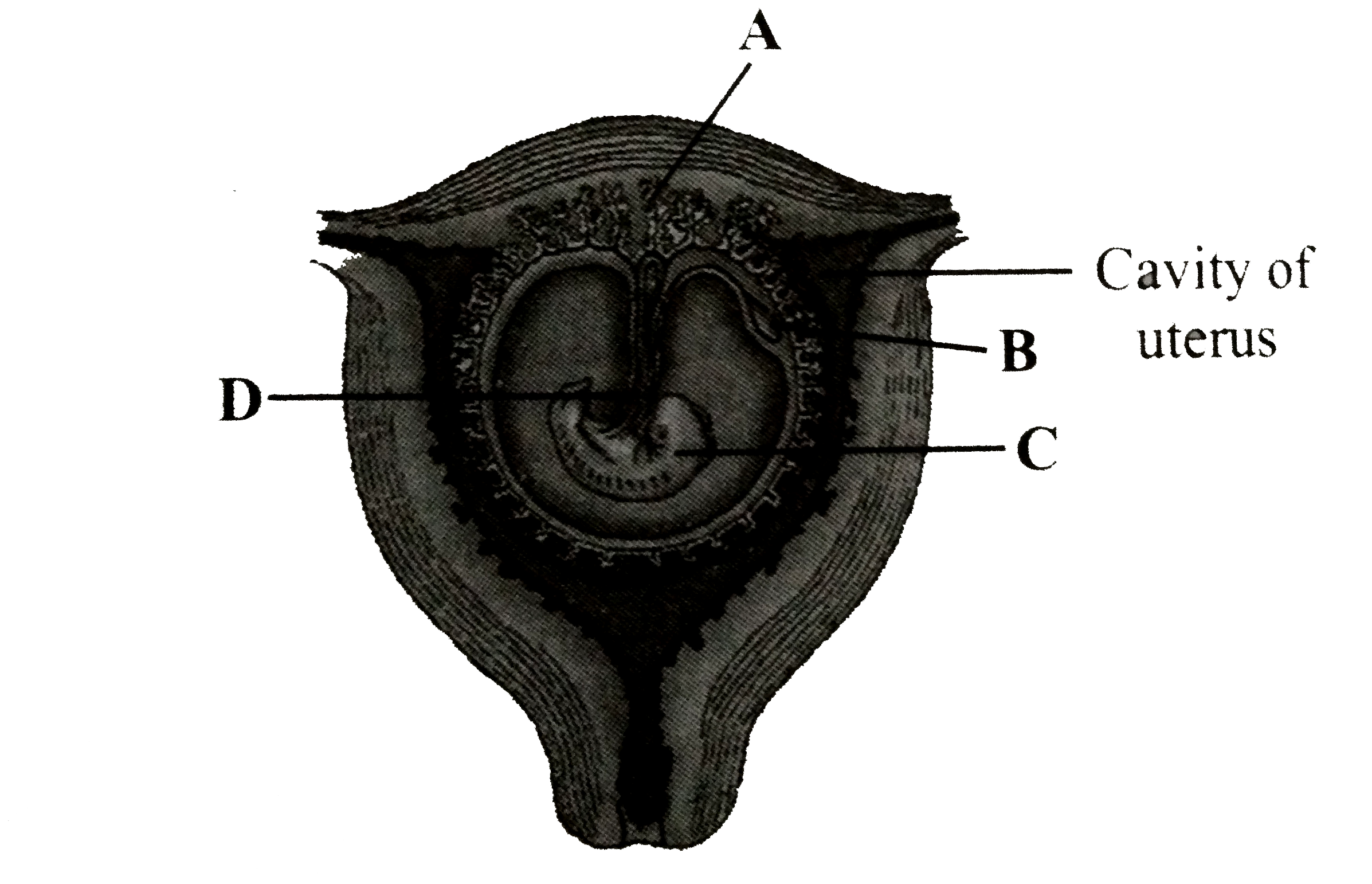
identify the labelled parts A-D in the given figure of human foetus within the uterus.AABCDUmbilical cordPlacental villiYolk sacEmbryoBABCDYolk sacUmbilical cordEmbryoPlacental villiCABCDPlacental villiYolk sacEmbryoUmbilical cordDABCDPlacental villiEmbryoYolk sacUmbilical cord
Observe Figure 11.2 and answer the given questions
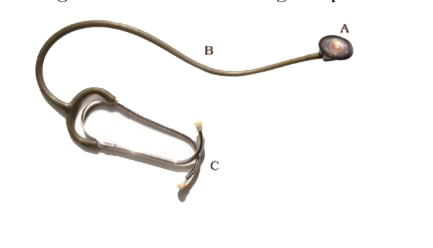
(a) Name the instrument
(b) Label the parts A, B and C.View SolutionObserve the following figure and answer the questions.
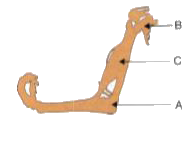
(a) Identify and label the parts A, B and C.
(b) Give the functions of A.
(c) Write a note on functions of B.View SolutionStudy the figure given below and answer the questions that follow :
(a)Name the stage of human embryo the figure represents.
(b)Identify 'A' in the figure and mention its function .
( c )Mention the fate of the inner cell mass after implantation in the uterus .
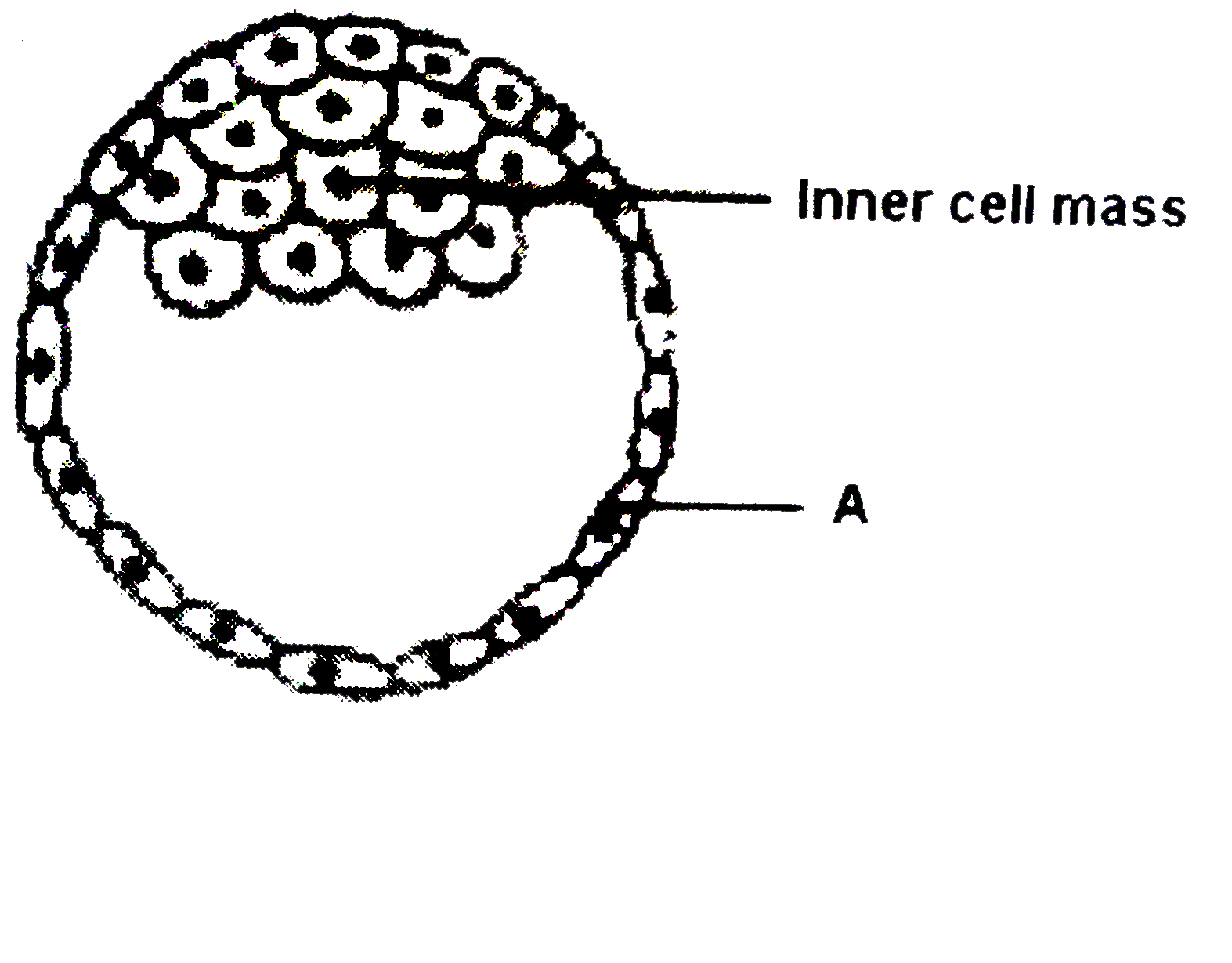
(d)Where are the stem cells located in this embryo ?View SolutionIn the following questions, there is a problem figure on the left for the question and on right side there are four answer figures (A), (B), (C) and (D). Find out that figure which is exactly similar with the problem figure and indicate your correct answer.
 View Solution
View SolutionIn the following questions, there is a problem figure on the left for the question and on right side there are four answer figures (A), (B), (C) and (D). Find out that figure which is exactly similar with the problem figure and indicate your correct answer.
 View Solution
View SolutionIn the following questions, there is a problem figure on the left for the question and on right side there are four answer figures (A), (B), (C) and (D). Find out that figure which is exactly similar with the problem figure and indicate your correct answer.
 View Solution
View Solution

